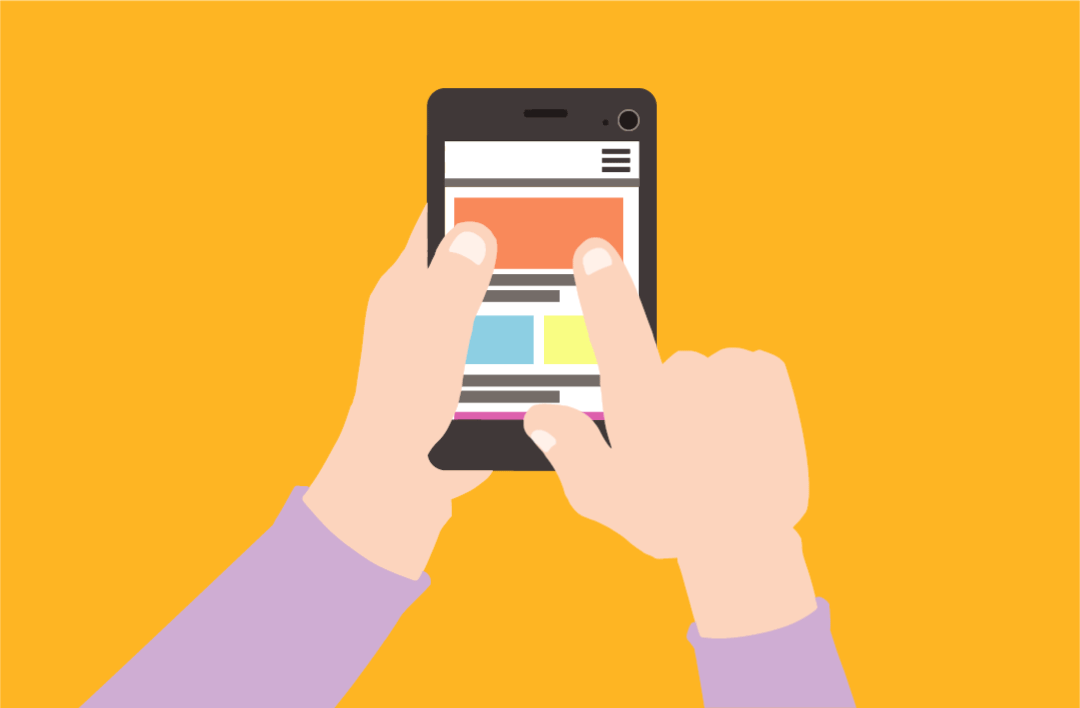Fear of missing out keeps teens addicted to social media

Social Media Addiction
It is no secret that teens spend a lot of time using technology particularly phones and social media. This is highlighted in the social media section of the full report on Teens, Social Media and Technology written by Charlotte, a Transition Year student on work experience here at Arekibo. Charlotte investigated the relationship teenagers have with social media and technology.
Just under one fifth of the students I surveyed spent four or more hours on their social media each day. What I did not mention was that around 10% of the students I surveyed spent over five hours on their social media alone. This does not include the time they spend on their phone while not using social media.
These figures were the average per day, and most of these days involve seven hours of school, and extra-curricular activities (we’ll say one hour per day). Add on to that the hours that are needed for sleeping (around eight hours) and eating (around an hour) and getting to and from school (approximately an hour) and what is left is around six hours. For those who are spending over five hours on their phone per day, these six hours are largely eaten up. While this is an example, the fact is that the reality is not too far from what I have just described.
Social media platforms have worked hard to keep us logged in, and constantly wanting to be on them. Is it any surprise that addiction to social media has become a problem? Jim Xi Johnson explained in the Engagement Section of his report one example of the ways Snapchat does this through its streak system.
Another way social media does is through using notifications. Users receive notifications when they have a follow request, receive a like, get tagged in a photo or mentioned in a comment and more. When users of social media receive notifications, it prompts their interest, and makes them feel good about themselves, making them want to check their social media. People also often check their social media after they have posted a picture to see the general reaction to it, and who and how many people liked their post.
Fear of missing out also plays a large part of teens wanting to stay on social media. Teenagers who aren’t on social media at all may feel pressurised by their friends who tell them they are missing out or may feel that many group chats take place on social media, and important information is exchanged within the group chats. They might even feel bullied for not having a social media account. For this reason, most teens have a social media account on at least one social media platform. It is once they get an account that fear of missing out really takes off. This may be fear of missing out on what their friends are doing, fear of missing out on any likes they receive, or fear of missing out on information given in any group chats they are in.
YouTube also works hard to keep people watching videos. It has a system of Autoplay where, unless you pause it, a new video will play without you having to click on anything. It also shows you the title of the video, and so you may be more tempted to let it play as you know what the video is, and that you have an interest in it. The autoplay function can be disabled, however YouTube still gives you suggestions of what to watch next, based on what you are currently watching. This means you will want to keep watching videos as you most likely have an interest in the videos being suggested. Other social media platforms use similar techniques to this to keep you on their app or website.
It is for these reasons becoming easier and easier to spend more valuable time on social media and technology in general, so addiction is starting to become a bigger problem.
Apart from the amount of time it takes up that could be spent doing a multitude of useful things (such as homework!), addiction to social media can have negative impacts on mental health. It can lead to low self-esteem due to constantly comparing yourself to others, and even cyberbullying and physical health. It may prevent teens from getting enough exercise done, or cause eyestrain, and even strain to the fingers due to constant typing.
There is no doubt that addiction to technology is starting to become serious problem.
Cyberbullying
Cyberbullying is a form of bullying; however, it takes place online. It can also use malicious photographs and videos to target victims. The bullies can also be anonymous, while content may be hard to take down from the internet. Cyberbullying can make victims feel extremely isolated and alone, as mocking photos, videos, and comments can be shared with everybody that person knows (in which case the victim may feel that everybody who received the content is against them even if they are not), or be sent directly to the victim (which means nobody has witnessed it and this fact may add to the victim’s feeling of isolation). Even those who witness cyberbullying are put in an uncomfortable situation, as they may want to help. They may not know who to speak to or be frightened of what will happen if they tell an adult. They may feel like they are betraying the victim if they have been asked by them not to bring it to anybody’s attention.
Teenagers are becoming more aware however in that they should bring bullying of any kind to the attention of a trustworthy adult.
Cyberbullying is a huge problem, and has several long-term effects, the more severe of which include depression and suicide.
Catch-up on social media and the most popular social networks.
Links:
Tips to help stop cyberbullying: https://www.connectsafely.org/tips-to-help-stop-cyberbullying/
Samaritans: https://www.samaritans.org/your-community/samaritans-ireland-scotland-and-wales/samaritans-ireland